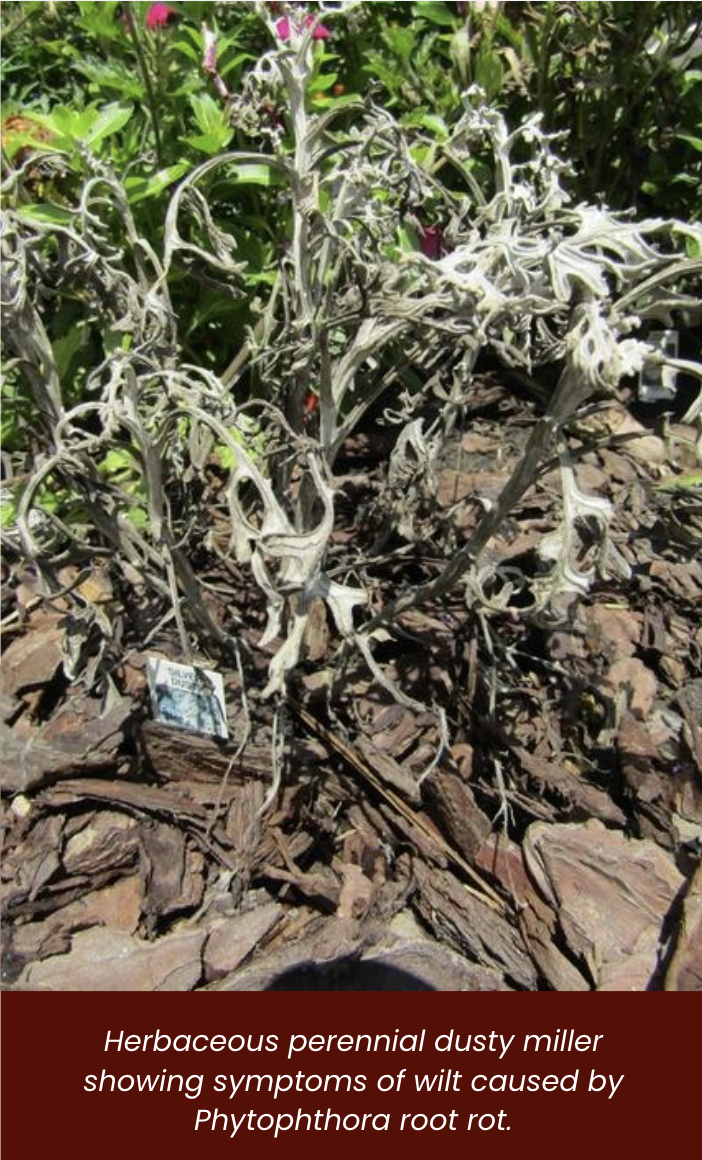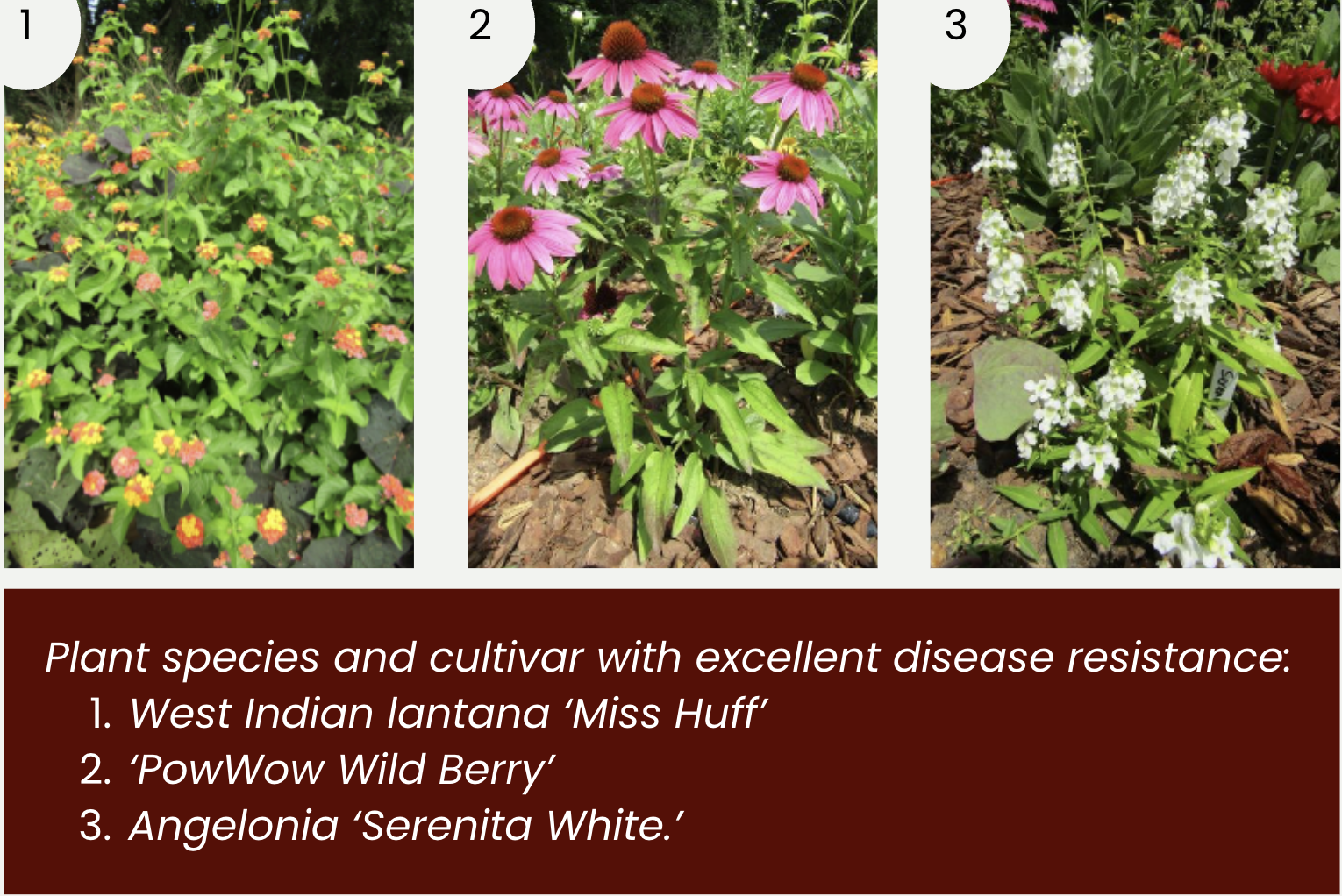What Is This Phytophthora Root Rot Disease?
go.ncsu.edu/readext?1049525
en Español / em Português
El inglés es el idioma de control de esta página. En la medida en que haya algún conflicto entre la traducción al inglés y la traducción, el inglés prevalece.
Al hacer clic en el enlace de traducción se activa un servicio de traducción gratuito para convertir la página al español. Al igual que con cualquier traducción por Internet, la conversión no es sensible al contexto y puede que no traduzca el texto en su significado original. NC State Extension no garantiza la exactitud del texto traducido. Por favor, tenga en cuenta que algunas aplicaciones y/o servicios pueden no funcionar como se espera cuando se traducen.
Português
Inglês é o idioma de controle desta página. Na medida que haja algum conflito entre o texto original em Inglês e a tradução, o Inglês prevalece.
Ao clicar no link de tradução, um serviço gratuito de tradução será ativado para converter a página para o Português. Como em qualquer tradução pela internet, a conversão não é sensivel ao contexto e pode não ocorrer a tradução para o significado orginal. O serviço de Extensão da Carolina do Norte (NC State Extension) não garante a exatidão do texto traduzido. Por favor, observe que algumas funções ou serviços podem não funcionar como esperado após a tradução.
English
English is the controlling language of this page. To the extent there is any conflict between the English text and the translation, English controls.
Clicking on the translation link activates a free translation service to convert the page to Spanish. As with any Internet translation, the conversion is not context-sensitive and may not translate the text to its original meaning. NC State Extension does not guarantee the accuracy of the translated text. Please note that some applications and/or services may not function as expected when translated.
Collapse ▲Unfortunately many of our ornamental plants, such as trees, shrubs and bedding plants are susceptible to the Phytopthora genus (members of the same family with similar characteristics before you break it down to individual species) of water molds. The protective structures of these water molds allow them to persist in the soil for many years – waiting for the “perfect storm” to wake up to feed and breed. We see the results of this activity as root rot or crown rot, with symptoms often showing up as loss of older foliage, foliar blight, chlorosis (yellowing), decline in vigor, branch dieback, and wilting.
 So what’s a gardener to do? This is not a “spray it away” situation as that approach is expensive and impractical in the landscape. Management of this pest is to initially install plants that are bred to be resistant to it if they exist, then address the soil drainage conditions. Think along the lines of NOT BEING ” the hostess with the mostess” that makes their guests feel comfortable. We don’t want these “guests” getting comfortable and moving in.
So what’s a gardener to do? This is not a “spray it away” situation as that approach is expensive and impractical in the landscape. Management of this pest is to initially install plants that are bred to be resistant to it if they exist, then address the soil drainage conditions. Think along the lines of NOT BEING ” the hostess with the mostess” that makes their guests feel comfortable. We don’t want these “guests” getting comfortable and moving in.
Of course, the first step is a proper ID of the problem before trying to manage it. If you have sent in an adequate sample of the plant with issues and gotten a diagnosis of Phytophthora, then you can make a plan to address it.
This includes the following cultural management practices when Phytophthora root or crown rot has been diagnosed in a landscape:
- Remove severely affected plants.
- Prepare the site to ensure good drainage and organic matter content by adding pine bark to soil, raising beds, or planting on berms.
- Inspect all planting material and set only healthy plants into the landscape.
- Avoid overwatering and over-fertilization.
- Select plant species that are tolerant to Phytophthora when replacing plants lost to this pathogen.
 For more information on plants tested for resistance and other resources of information check out the Phytophthora Root and Crown Rot in the Landscape publication.
For more information on plants tested for resistance and other resources of information check out the Phytophthora Root and Crown Rot in the Landscape publication.




